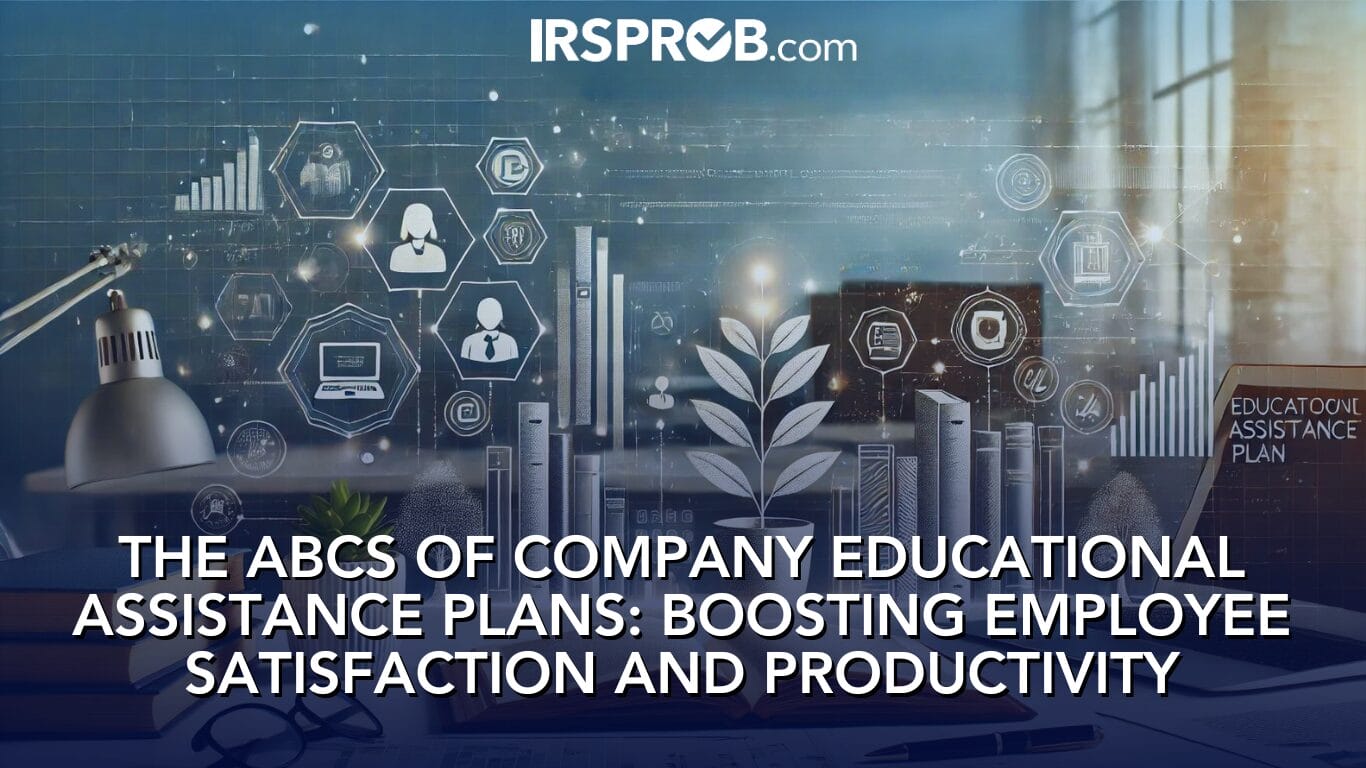
In today’s competitive job market, attracting and retaining top talent is more challenging than ever. Offering a competitive salary is important, but it’s often the fringe benefits that make the difference when it comes to securing the “best and brightest” for your company. One such benefit that not only enhances your company’s appeal but also promotes long-term employee growth is an Educational Assistance Plan (EAP).
What is an Educational Assistance Plan?
An Educational Assistance Plan (EAP) is a formal, written plan that allows companies to support their employees’ educational and training needs. This plan can cover a range of educational expenses, including tuition, books, equipment, fees, and supplies, up to a maximum of $5,250 per employee per year. The best part? These payments are tax-free to your employees and tax-deductible for your company, provided certain conditions are met.
Key Benefits for Your Business
- Attract and Retain Talent: Offering an EAP can significantly enhance your company’s benefits package, making it more attractive to potential hires. Employees are more likely to join and stay with a company that invests in their professional development.
- Enhance Employee Skills: By supporting your employees’ educational pursuits, you’re not just offering a benefit; you’re also helping them to hone skills that can directly benefit your company. This makes your workforce more skilled and your business more competitive.
- Tax Advantages: The educational assistance provided under a properly structured EAP is tax-free for employees and deductible by your business, reducing the overall cost of offering this benefit.
IRS Guidelines and Requirements
The IRS has outlined specific rules that your EAP must follow to qualify for tax-free treatment:
- Non-Discrimination: Your plan must not favor highly compensated employees (HCEs). This means the plan must be accessible to a broad range of employees, not just top executives or key personnel.
- Ownership Restrictions: The plan cannot provide more than 5% of its benefits to shareholders or owners who own more than 5% of the company. This ensures the plan benefits the wider employee base rather than just the company’s leadership.
- No Cash Alternatives: The plan cannot allow employees to choose between educational benefits and cash or other taxable benefits. The focus must be on education and training.
- Employee Notification: Your company must provide reasonable notice to all eligible employees about the EAP. This can be done through employee handbooks, emails, or company meetings.
Additional Considerations
While the IRS does not require the educational courses to be work-related, your company can impose such a requirement if it aligns with your business goals. For instance, you might require that the courses be related to the employee’s current job or future career path within the company.
You can also set other conditions, such as requiring employees to achieve a minimum grade (e.g., a B or higher) to qualify for reimbursement. Additionally, some companies implement a service requirement, where employees must remain with the company for a certain period after completing the course, or they may have to repay a portion of the benefits received.
Practical Tips for Implementation
- Tailor the EAP to Your Company’s Needs: While the IRS provides broad guidelines, your company has the flexibility to tailor the EAP to meet specific business needs. For example, if your business requires specialized skills, you can structure the EAP to encourage employees to pursue education in those areas.
- Communicate Clearly with Employees: Ensure that all eligible employees understand the benefits of the EAP and how they can participate. Clear communication is key to maximizing the program’s impact.
- Monitor and Adjust as Needed: Regularly review the EAP to ensure it continues to meet your company’s objectives and remains compliant with IRS regulations. As your business evolves, so too should your educational assistance offerings.
Conclusion
Implementing an Educational Assistance Plan is more than just a tax-advantaged benefit—it’s an investment in your workforce and your company’s future. By helping employees grow their skills, you not only enhance their personal development but also boost your company’s productivity and competitiveness in the marketplace. Consider adding an EAP to your benefits lineup to attract top talent, retain valuable employees, and position your business for long-term success.
Remember, while the initial setup requires careful planning to ensure compliance with IRS rules, the long-term benefits for both your employees and your company can be substantial. Invest in your team’s education today, and watch your business thrive tomorrow.






